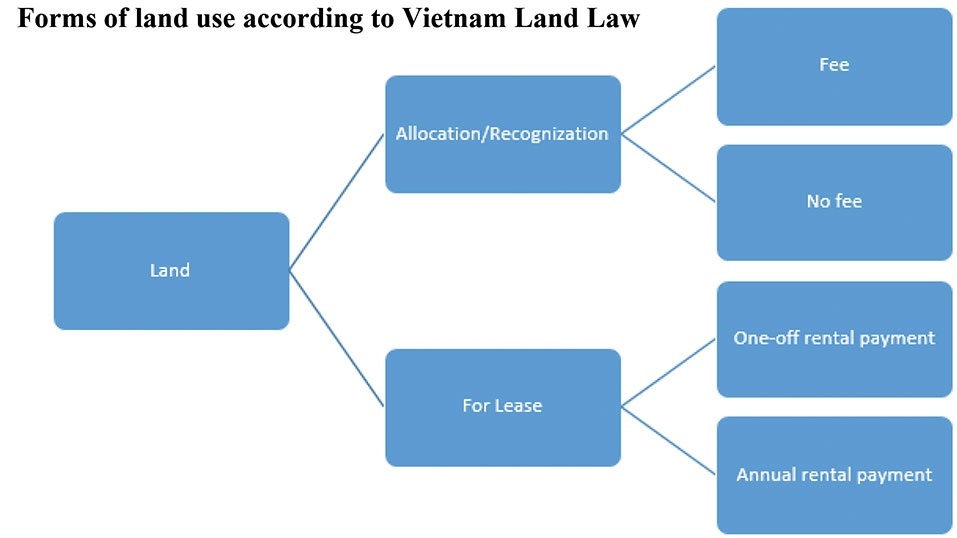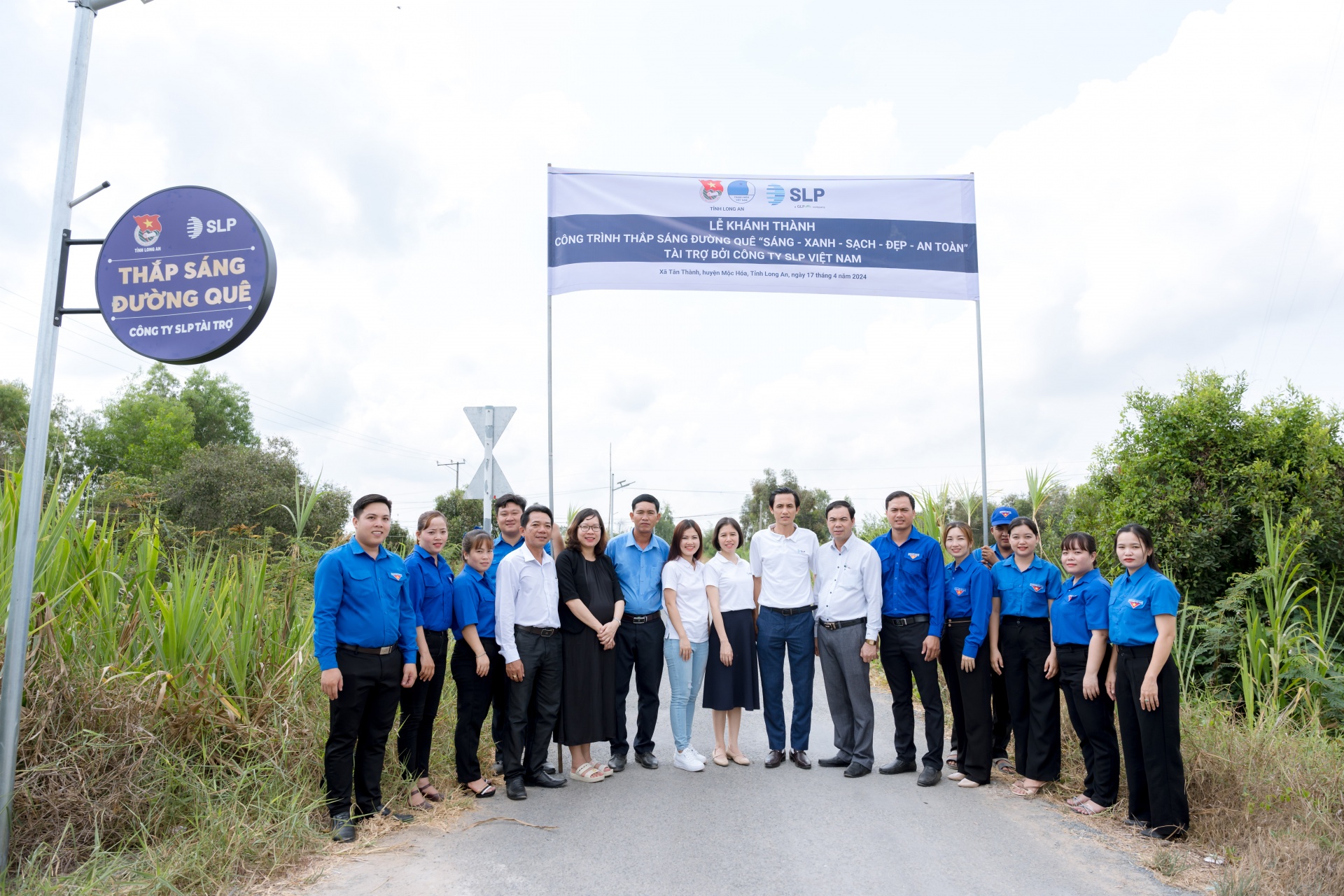Vietnam Structuring an Appropriate Transfer Pricing Policy
 However, transfer pricing recently has become one of the main concerns of the National Assembly (i.e. the Vietnamese Parliament) due to three factors.
However, transfer pricing recently has become one of the main concerns of the National Assembly (i.e. the Vietnamese Parliament) due to three factors.
The first factor is the increase of foreign investment in Vietnam, which according to official sources reached USD 30 billion in June 2008. The second is due to tax incentives and the rather underdeveloped tax regime in Vietnam. Last but not least, in preparation of Vietnam’s accession to the World Trade Organisation on 11 January 2007, the government liberalized the market and abolished trade barriers, such as the regulations on minimum prices for imported products.
These deregulations created various opportunities for multinational companies to do tax planning, whereby a correct transfer pricing policy is becoming more and more vital.
In 2007, the Ministry of Finance (MOF) reported that the tax collected from foreign invested enterprises (FIE) in 2006 missed its projected target by USD 122 million. Many sectors, such as
automotive or pharmaceuticals, where the market price in Vietnam is higher than elsewhere in
the Asian region, have actually reported losses. The MOF suspected that a large volume of business profits were shifted abroad due to transfer pricing issues. The fact that the British Virgin Islands (BVI), a tax haven, is among the top 5 “biggest foreign investors” in Vietnam is only one example.
As the Government suspects profit shifting by FIEs, transfer pricing becomes a challenge for multinational companies. However, transfer pricing regulations in Vietnam are not very clear, and therefore what might appear to be a correct transfer price on the date of conducting a transaction might later, in case of an audit, result in heavy tax penalty.
The Government is trying to catch up. The MOF has published transfer pricing examples and
clarified its position on key topics. Circular 117/2005/TT-BTC dated 19 December 2005 (Circular 117) contains guidelines on how to calculate market prices in business transactions between affiliated parties.
Chapter Vietnam: Structuring an Appropriate Transfer Pricing Policy : Click here to download
What the stars mean:
★ Poor ★ ★ Promising ★★★ Good ★★★★ Very good ★★★★★ Exceptional
Latest News
More News
- The wider benefits of digital signatures in e-transactions (April 18, 2022 | 11:31)
- Interpreting new real estate statutes (August 23, 2021 | 09:20)
- Mitigating procedural delays in pharmaceutical market (July 12, 2021 | 13:00)
- Pros of sandbox regulation for fintech (July 09, 2019 | 13:36)
- Wind power barriers need removing (April 02, 2019 | 09:55)
- Advice for foreign home ownership (November 16, 2015 | 08:37)
- Revised legal framework benefits foreign investors (October 26, 2015 | 07:36)
- Important documents regulating bank guarantee (September 19, 2015 | 11:11)
- Law Changes Open up Opportunities in Property Sector But Questions Remain (September 04, 2015 | 11:27)
- Decree eases constraints (July 27, 2015 | 08:48)
















 Mobile Version
Mobile Version